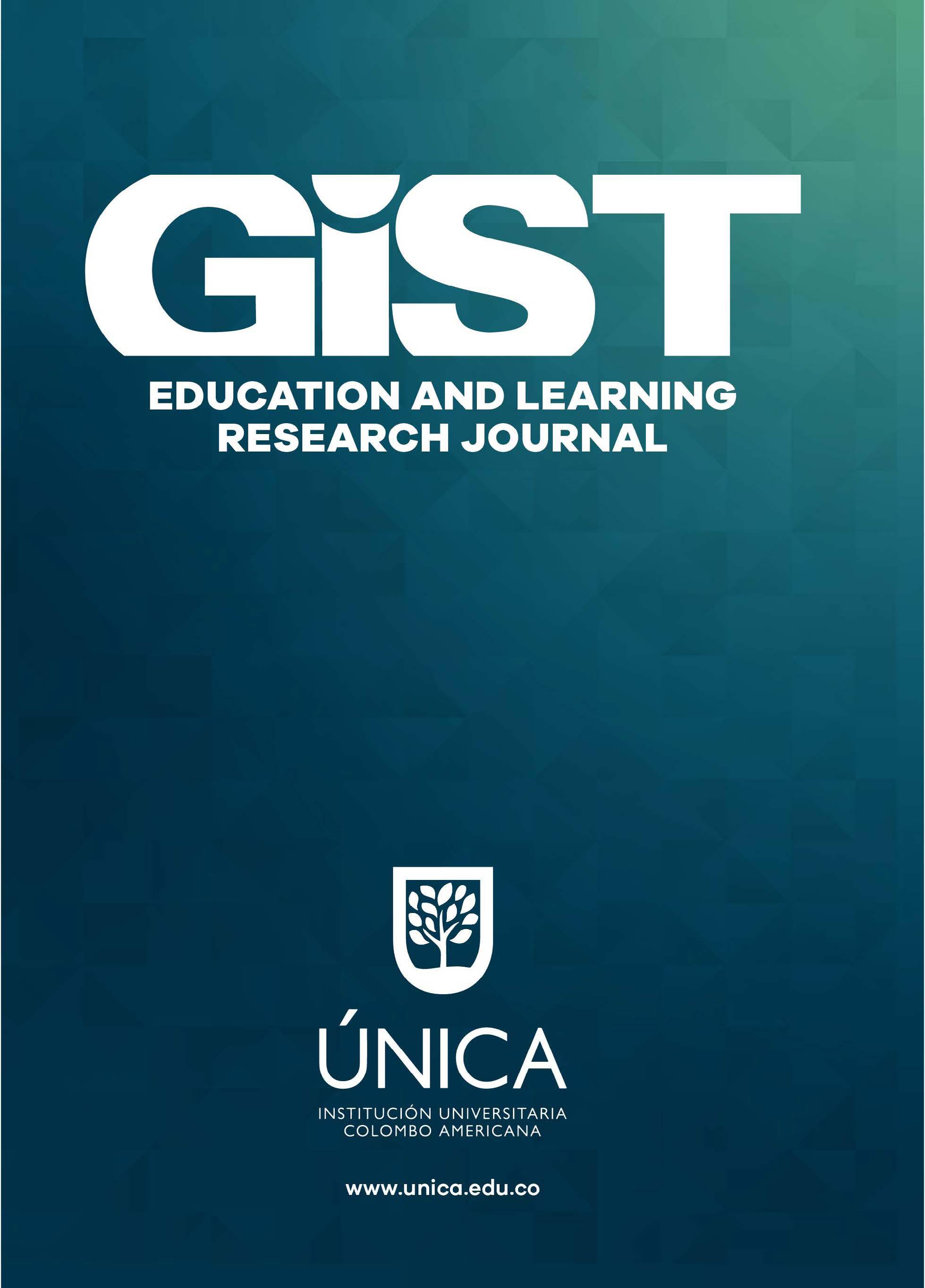The effect of flipped classroom audiovisual content on students’ talking time and speaking skills in an adult EFL class
DOI:
https://doi.org/10.26817/16925777.1609Keywords:
Student talking time, CALL, flipped learning, class preparation, Action Research, communicative skillsAbstract
This action research report explores the effect of a flipped learning strategy on adult EFL students’ speaking skills. Flipped learning, or inverted learning, reverses the traditional educational model where students learn in class and practice out of it; flipped learning promotes the students’ learning of concepts and theories out of the classroom that is later practiced and applied in class under the teacher’s guidance. The primary hypothesis was that by flipping grammar explanations, students would be more prepared and have more time to interact in English and use the structures in class. This research revealed that flipped learning helped to increase student talking time in class and accuracy in grammar use. Furthermore, it shows evidence that using flipped audiovisual materials poses advantages and challenges that can potentially boost learning inside and outside the classroom.
Downloads
References
Burns, A. (1999). Collaborative Action Research for English Language Teachers. Cambridge, England: Cambridge University Press.
Bueno-Alastuey, M., & Galar, I.A. (2017). Flipping the EFL classroom in a secondary education setting: Students’ perceptions and academic performance. Filología y didáctica de la lengua, 35-57.
Cabi, E. (2018). The impact of the flipped classroom model on students’ academic performance. International review of research in open and distributed learning, 19 (3) Retrieved from http://www.irrodl.org/index.php/irrodl/article/view/3482/4647 https://doi.org/10.19173/irrodl.v19i3.3482
Carr, W., & Kemmis, S. (1986). Becoming critical: Education, knowledge, and action research. London, England: Falmer Press.
Council of Europe (2001) Common European Framework of Reference for Languages: Learning, teaching, assessment. Cambridge, UK: Cambridge University Press.
Godwin-Jones, R. (2011). Autonomous language learning. Language learning technologies., 15 (3) 4–11.
Kareema, F. (2014). Increasing Student Talk Time in the EFL Classroom: An Investigation of Teacher Talk Time and Student Talk Time. Conference paper presented at the Fourth International Symposium of SEUSL. Oluvil, Sri Lanka.
Karlsson, G., & Janson, S. (2016).The Flipped Classroom: A Model for Active Student Learning. Portland, OR: Portland Press Limited.
Kramsh, C. (1985). Classroom interaction and discourse options. Studies in second language acquisition, p. 7 169-183. https://doi.org/10.1017/S0272263100005350
Neaupane, D. (2017).Video Production for Flipped Classroom: A guide for teachers. Helsinki, Finland: Helsinki Metropolia University of Applied Linguistics.
Ozdamli, F., & Asiksoy , G. (2016). Flipped Classroom Approach. World Journal on Educational Technology. Current Issues, 8 (2), 98-105. https://doi.org/10.18844/wjet.v8i2.640
Price, K. (1987). The use of technology: Varying the medium in language teaching. In Rivers, W. (Ed.) Interactive language teaching (pp. 155-169) Cambridge, England: Cambridge University Press.
Rikhye, R., Cook, S., & Berge, Z. (2009). Digital Natives vs. Digital Immigrants: Myth or Reality? International Journal of Instructional Technology and Distance Learning, 6 (2) 3-10.
Thornbury, S. (2007). How to teach speaking 4th Edition. Essex, England: Longman.
Downloads
Published
How to Cite
Issue
Section
License
Copyright (c) 2024 GIST – Education and Learning Research Journal

This work is licensed under a Creative Commons Attribution-NonCommercial-NoDerivatives 4.0 International License.
| Article metrics | |
|---|---|
| Abstract views | |
| Galley vies | |
| PDF Views | |
| HTML views | |
| Other views | |








